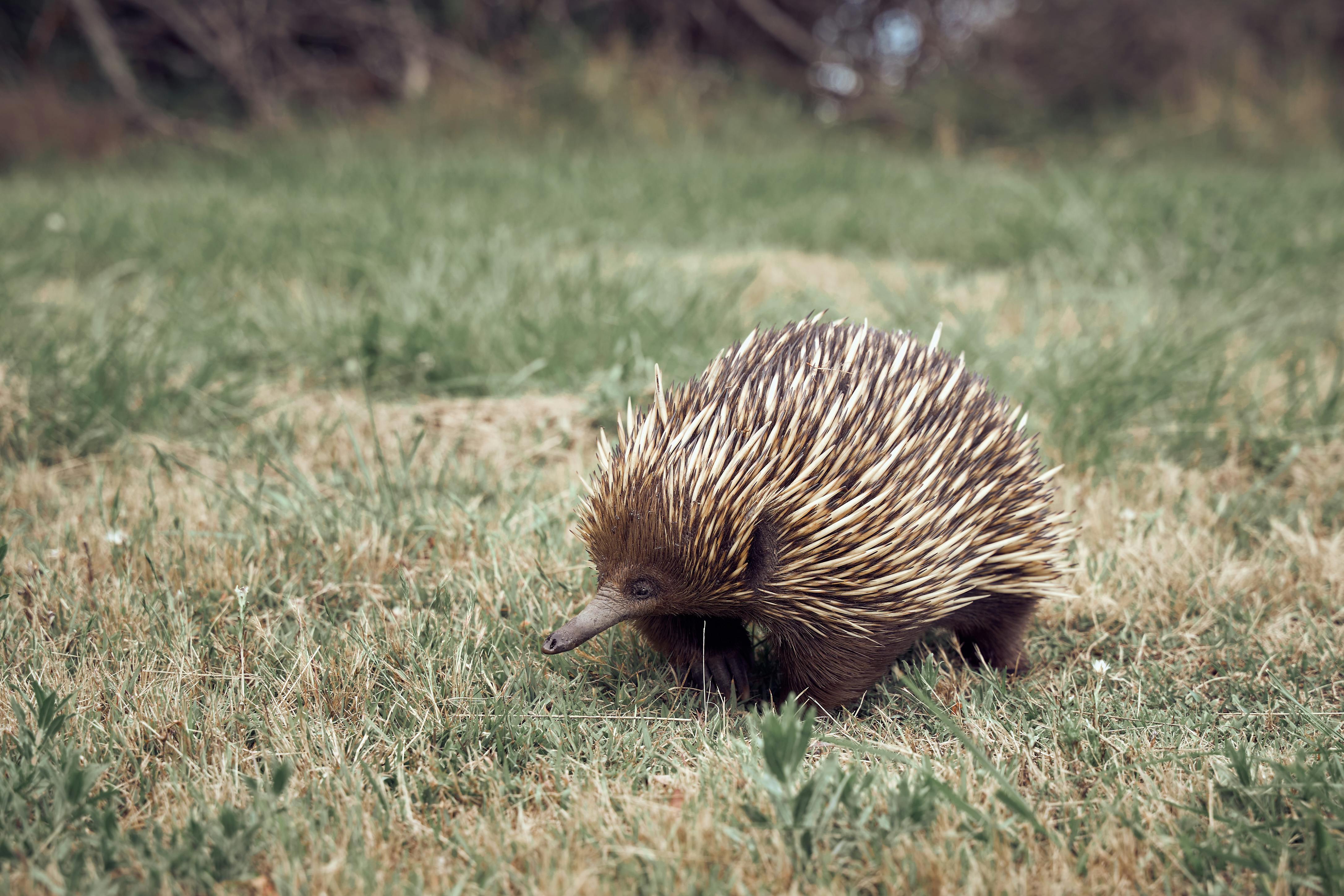Echidnas: Nature's Spiny Enigmas
Delve into the fascinating world of echidnas, the egg-laying mammals that defy conventional classification. These remarkable creatures, found in Australia and New Guinea, possess a unique blend of reptilian and mammalian traits that have captivated scientists and nature enthusiasts alike. From their prehistoric origins to their modern-day conservation challenges, echidnas offer a compelling glimpse into the wonders of evolutionary adaptation.

The echidna’s evolutionary journey is a testament to nature’s ingenuity. Over millions of years, these animals have developed specialized adaptations that allow them to thrive in diverse habitats across Australia and New Guinea. Their spiny coat, reminiscent of hedgehogs and porcupines, provides excellent protection against predators, while their long, sticky tongues are perfectly suited for their insectivorous diet.
Unraveling the Echidna’s Unusual Anatomy
One of the most striking features of echidnas is their distinctive appearance. Covered in a coat of sharp spines interspersed with coarse fur, these animals are well-equipped to defend themselves against potential threats. Their small, beak-like snouts house a long, extensible tongue that can reach up to 18 centimeters in length, allowing them to expertly extract ants and termites from their nests.
Echidnas also possess several unique anatomical features that set them apart from other mammals. They lack nipples, instead secreting milk through specialized patches on their skin. Additionally, male echidnas have a four-headed penis, a characteristic not found in any other mammal. These peculiarities have made echidnas a subject of intense scientific interest, offering valuable insights into mammalian evolution and reproductive biology.
The Echidna’s Remarkable Survival Strategies
Echidnas have developed an impressive array of survival strategies that enable them to thrive in diverse environments. One of their most notable adaptations is their ability to enter a state of torpor, a form of short-term hibernation. This allows them to conserve energy during times of extreme heat or cold, or when food is scarce.
Another fascinating aspect of echidna behavior is their unique mating ritual. During the breeding season, male echidnas form “trains” behind receptive females, sometimes following them for weeks. This peculiar courtship dance, coupled with their egg-laying reproductive strategy, showcases the echidna’s distinctive place in the animal kingdom.
Conservation Challenges and Efforts
Despite their adaptability, echidnas face several threats in the modern world. Habitat loss, road accidents, and predation by introduced species such as foxes and feral cats pose significant risks to echidna populations. Climate change also presents a growing challenge, potentially altering the availability of their primary food sources and disrupting their delicate ecological balance.
Conservation efforts for echidnas focus on habitat preservation, research, and public education. Wildlife sanctuaries and rehabilitation centers play a crucial role in caring for injured or orphaned echidnas, while scientific studies continue to unravel the mysteries of these extraordinary creatures. Public awareness campaigns aim to reduce road accidents and promote responsible pet ownership to mitigate the impact of domestic animals on echidna populations.
The Future of Echidna Research and Conservation
As our understanding of echidnas grows, so does our appreciation for their unique place in the natural world. Ongoing research into their biology, behavior, and ecology continues to yield fascinating insights, with potential applications in fields ranging from evolutionary biology to biomimicry.
The future of echidna conservation relies on a multifaceted approach, combining scientific research, habitat protection, and community engagement. By safeguarding these living fossils, we not only preserve a vital piece of our planet’s evolutionary history but also maintain the delicate balance of ecosystems that depend on these remarkable creatures.
As we continue to unravel the mysteries of echidnas, it becomes increasingly clear that these spiny enigmas hold valuable lessons about adaptation, resilience, and the intricate web of life on our planet. Their story serves as a powerful reminder of the importance of biodiversity conservation and the need to protect even the most unusual and overlooked species in our natural world.





